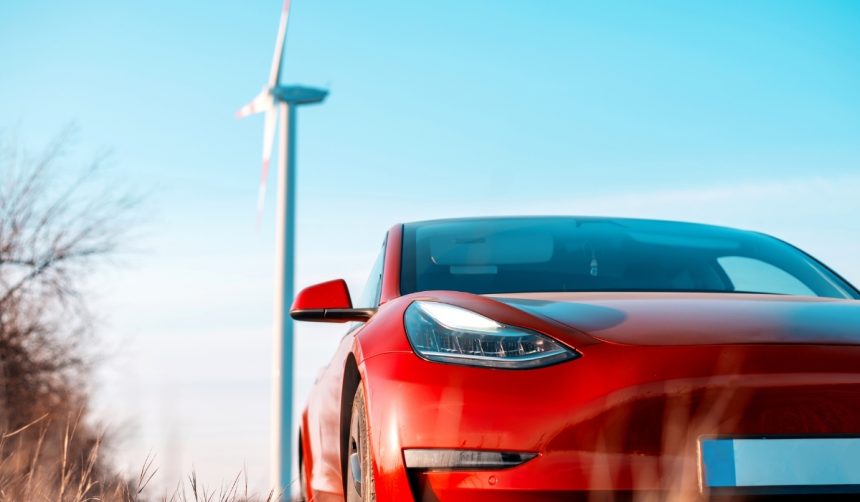Tesla has activated a substantial Supercharger station in Lost Hills, California, integrating large-scale solar canopies and multiple Megapack batteries to provide an off-grid, renewable charging solution. This move could address persistent concerns over the environmental impact of electric vehicle charging infrastructure by emphasizing power derived exclusively from solar energy. Located near the intersection of Interstate 5 and Highway 46, the development rarely coincides with nearby facilities of similar renewable capacity or size, and appears to precede upcoming travel surges during the holiday season. Long-term implications for EV networks, site selection, and the integration of lounge amenities remain under observation as Tesla continues additions to the site. New consumer behaviors may emerge as a result of these changes.
In earlier reports about Tesla’s charging infrastructure, announcements often centered on expansion in terms of charger quantity or charging speed, with less focus on the clean energy component. Past launches such as the V3 and V4 Superchargers emphasized rapid charging and network reliability. Significant solar integration and battery-backed off-grid functions mostly appeared as pilot concepts or small-scale tests. Recent installations in other countries included faster chargers but did not consistently highlight fully renewable operations. The deployment at Lost Hills introduces a rare scenario where renewable power sources anchor a major Supercharger hub, signaling a shift from performance to environmental stewardship. Larger, battery-backed solar facilities for public EV charging remain uncommon in both national and global contexts.
What Distinguishes the Lost Hills Facility?
The station, currently operating 84 out of an eventual 168 Supercharger stalls, incorporates 11MW of solar arrays and 10 Tesla Megapack batteries. According to Tesla, these resources allow for charging operations to run entirely on solar energy, separating the site from charging stations reliant on the traditional electrical grid. The development demonstrates a concerted approach to deploy renewable energy solutions at a practical scale for contemporary transportation needs.
How Might Expanded Infrastructure Affect User Experience?
The company is adding lounges for drivers, with renderings showing amenities designed to create a multi-purpose stop for travelers. This could encourage longer stops and greater convenience, reflecting a push to integrate services beyond charging speed and accessibility. Introduction of V4 charging posts further reflects an emphasis on supporting latest vehicle technologies.
Is Broader Renewable Expansion on the Horizon?
Elon Musk has noted ongoing consideration of a domestic solar Gigafactory to meet expected AI-driven power demands and enhance U.S. solar production. While no commitments have been announced, this reflects growing interest in scaling local manufacturing for renewable systems. Partnerships with entities such as Kern County and PG&E suggest regional cooperation could underpin future expansion.
Thank you [Kern County] and [PG&E] for collaboration and approvals,
Tesla stated, highlighting support from both local government and energy providers during the project’s establishment. As constructions advance beyond phase one, the site’s eventual completion will likely offer insights into the viability and operational dynamics of large-scale renewable-powered EV infrastructure.
Comprehensive integration of solar and storage technologies into public EV charging can alter the discourse around sustainable transport. Operational success in Lost Hills could serve as a case study on lowering grid dependency and optimizing intermittent renewable resources for high-demand scenarios. Industry players, policymakers, and consumers may draw key lessons from how these systems are implemented, maintained, and utilized. For those planning electric travel corridors or infrastructure investments, observing the technical, financial, and user-experience outcomes will inform subsequent deployments. Energy storage remains critical for smoothing supply and managing the mismatch between solar production and charging demand.










